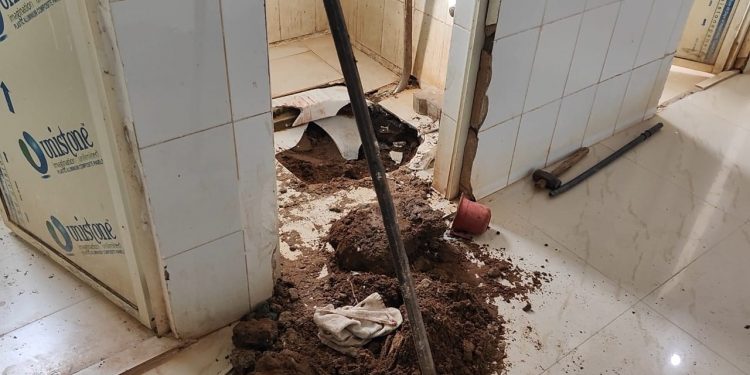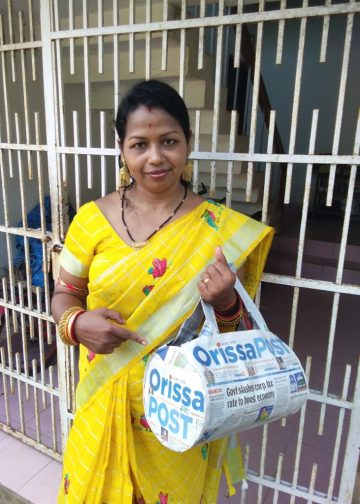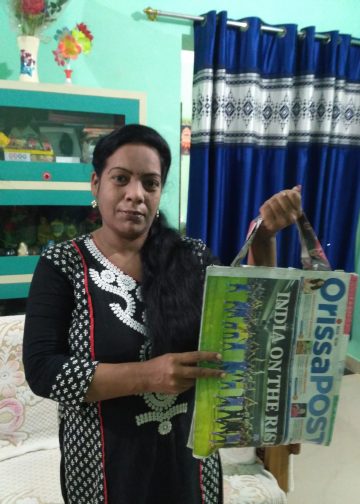Daringbadi: Amidst the stark reality of Odisha registering 7.6 per cent adolescent pregnancies among the girls, as per National Family Health Survey (NFHS)-4 data, a shocking incident has come to the fore wherein a Plus II girl reportedly delivered a baby boy in a community health centre (CHC) toilet and tried to flush it out.
According to sources, the girl, a Plus II Second-Year student, along with her family members, had visited the CHC at Daringbadi in Kandhamal district Tuesday morning after she developed some health complications. There she went to the men’s toilet, where she gave birth to the baby boy. Apprehending that someone may notice her, the minor girl tried to flee the spot after dumping the baby in toilet pan. She unsuccessfully tried to flush out the newborn as his head got stuck in the toilet. The girl’s mother then tried to salvage the situation and held onto the infant’s legs while sitting nearby. Upon being informed, staffers at the CHC shifted the student to the maternity ward and alerted the Fire Services department personnel. Rescuers broke open the toilet structure, but by then the newborn had succumbed. The girl, who had been studying in a different locality, had come home only a day before. The circumstances surrounding her pregnancy and delivery have raised serious concerns, prompting further investigation.
Following the incident, local police and Child Development Project Officer (CDPO) Sandhyarani Panda arrived at the health centre to conduct a thorough inquiry. The student’s family has also lodged a formal complaint with the police. Adolescent pregnancies have serious health consequences both for the mother as well as the child. Infant mortality, maternal mortality, low birth weight, pre-maturity and poor nutrition are some of the serious negative effects besides a high risk to the girl herself, according to a report.
Also Read: Three injured in stabbing at Khallikote RCM College
Notably, 7.6% of girls (15 to 19 years) in Odisha were reported to be already mothers or pregnant as per NFHS-4. While the state has been able to reduce adolescent pregnancies by half (from 14.5% to 7.6% – between NFHS-3 and 4, in terms of absolute numbers it is still high.






































